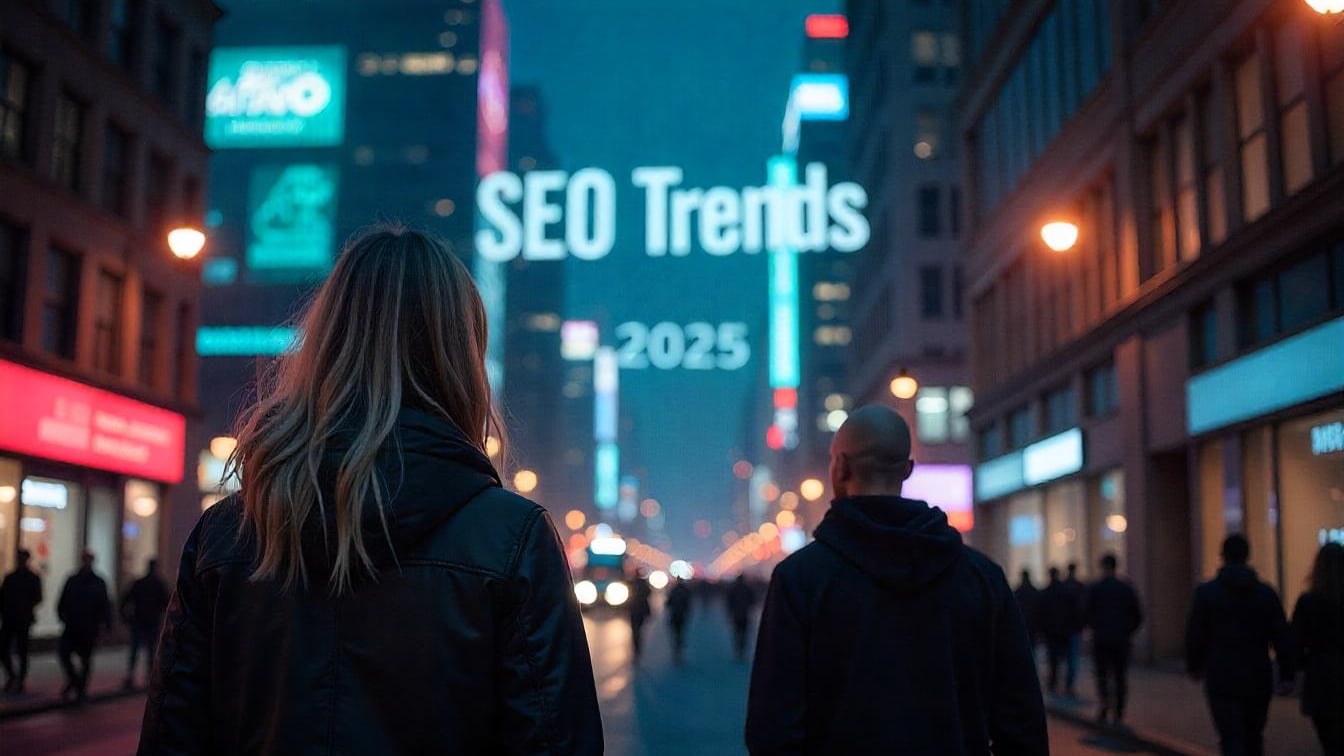SEO Trends for 2025: What’s Next for Search Optimization?
Search engine optimization is always changing, and as 2025 techniques, new tactics and trends are influencing the field’s direction. Businesses must keep ahead of the curve to preserve their online exposure in the face of AI, voice search, and user experience developments. The main SEO trends for 2025 are examined in this article along with practical ways to adjust.
1. Search Optimization Driven by AI
SEO is still being revolutionized by artificial intelligence (AI). RankBrain and BERT, two of Google’s more complex AI-driven algorithms, are concentrating on user intent rather than just keywords. By 2025, optimizing for AI will entail producing excellent, relevant material that genuinely responds to user inquiries. Furthermore, although AI-generated content is growing in popularity, companies should prioritize human-centered narrative and original insights to keep your engagement and credibility high.
2. Conversational Queries and Voice Search
Voice search is more crucial than ever due to the popularity of smart assistants like Siri and Google Assistant. A sizable percentage of searches will be voice-based by 2025. Pay attention to long-tail keywords and conversational, organic language when optimizing for this trend. Because voice search inquiries are typically more question-based, content should be organized to provide succinct answers to frequently asked questions in order to increase ranks. Additionally, search engines are able to better understand and display your material in voice search results if your website offers clear, succinct, and structured data.
3. User Experience and Mobile-First Indexing
Mobile-friendly websites are given priority by Google, and mobile-first indexing will be the norm by 2025. For SEO to be successful, a website must be flexible, smooth, and load quickly. Providing a first-rate user experience and optimizing Core Web Vitals will be important ranking considerations. Rankings will drop for websites that don’t adjust to mobile-first indexing. Furthermore, user experience goes beyond mobile compatibility; elements like accessible design, easy navigation, and interactive content will help maintain user engagement and lower bounce rates.
4. Visual Search and Video Content
Search engines are giving preference to video content, and video marketing is growing. Search rankings are influenced by platforms such as YouTube, Instagram, and TikTok. Visibility can be increased by using video titles, descriptions, and transcripts that are optimized for search engines. It will also be essential to optimize photographs for visual search. As more people use visual search tools like Google Lens, it’s important to make sure that photos are clear, labeled, and contain pertinent terms. can improve ranks. In order to increase accessibility and search rankings, video SEO will entail producing interesting, educational, and well-optimized material with timestamps, transcripts, and subtitles.
5.Featured Snippets and Zero-Click Searches
By 2025, more people will utilize search engine results pages (SERPs) to discover answers without ever visiting a website. Providing succinct, organized responses in order to optimize for featured snippets can boost authority and visibility. Businesses should concentrate on producing excellent, well-structured content that provides direct yet useful responses to user inquiries as Google continues to improve its AI-driven SERP features. Increasing the likelihood of showing up in featured snippets and other SERP elements like knowledge panels and carousels will require the use of structured data markup and schema implementation.
6. The Value of E-E-A-T (Expertise, Experience, and Authority, & Trustworthiness)
SEO tactics are still influenced by Google’s emphasis on E-E-A-T (Experience, Expertise, Authoritativeness, and Trustworthiness). High-quality, reliable content that exhibits knowledge and dependability will be given preference in search results. To establish authority, websites should emphasize author trustworthiness, referencing trustworthy sources, and upholding transparency. In order to meet Google’s quality standards, companies also need to actively maintain their online reputation, interact with audiences, and update out-of-date information.
7. Ethical and Sustainable SEO Techniques
The importance of ethical SEO tactics is growing as search engines improve their ranking algorithms. White-hat SEO tactics that prioritize user value are rewarded, while black-hat tactics like link manipulation and keyword stuffing are punished. In SEO, sustainability refers to producing content that is valuable for a long time. Businesses should also give ethical link-building top priority. Transparency and user privacy are essential for long-term success and credibility.
8. Hyper-Personalization and Local SEO
In 2025, local SEO will still be important since more people will be using search engines to locate local companies. Local search rankings will be heavily influenced by local keyword targeting, Google My Business optimization, and customer reviews. Additionally, companies will be able to customize content and recommendations for specific consumers based on their search history, location, and interests thanks to hyper-personalization made possible by AI-driven insights. This implies that in order to increase engagement and conversion rates, organizations must concentrate on providing individualized experiences.
AI, voice search, user experience, video content, and ethical SEO techniques will be the main drivers of SEO in 2025. Businesses may maintain their competitiveness in the digital age by keeping up with these changes. If you’re looking to enhance your SEO skills, Team Inspire from Srishti Innovative provides SEO certification to help you master the latest techniques and stay ahead of the game. Understanding these evolving SEO trends and implementing the right strategies will ensure long-term success in the ever-changing digital landscape.



